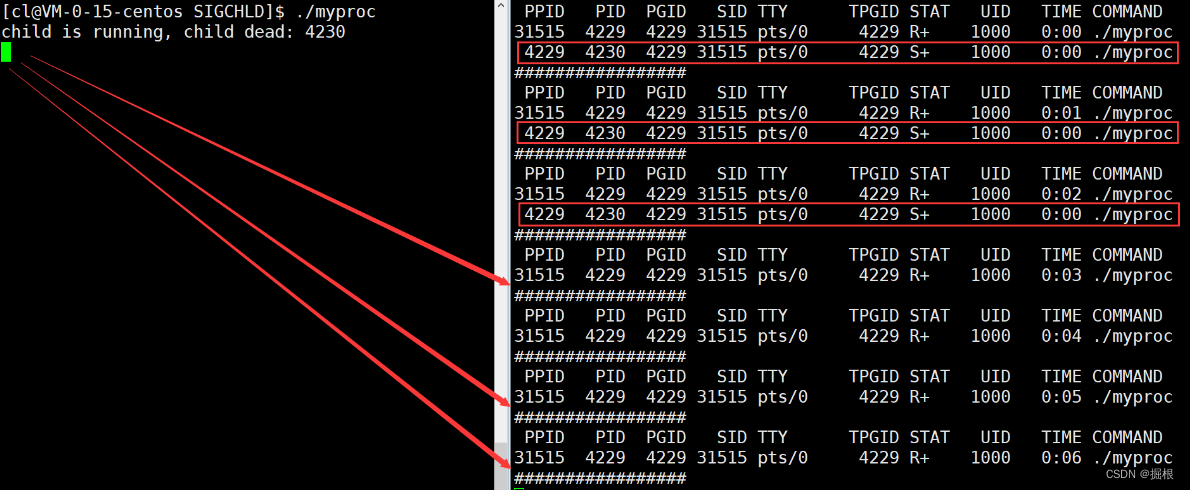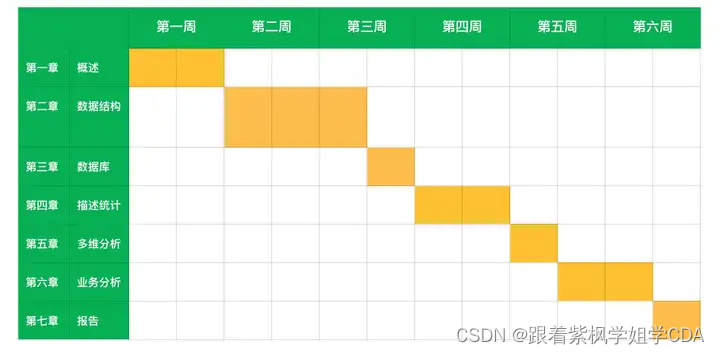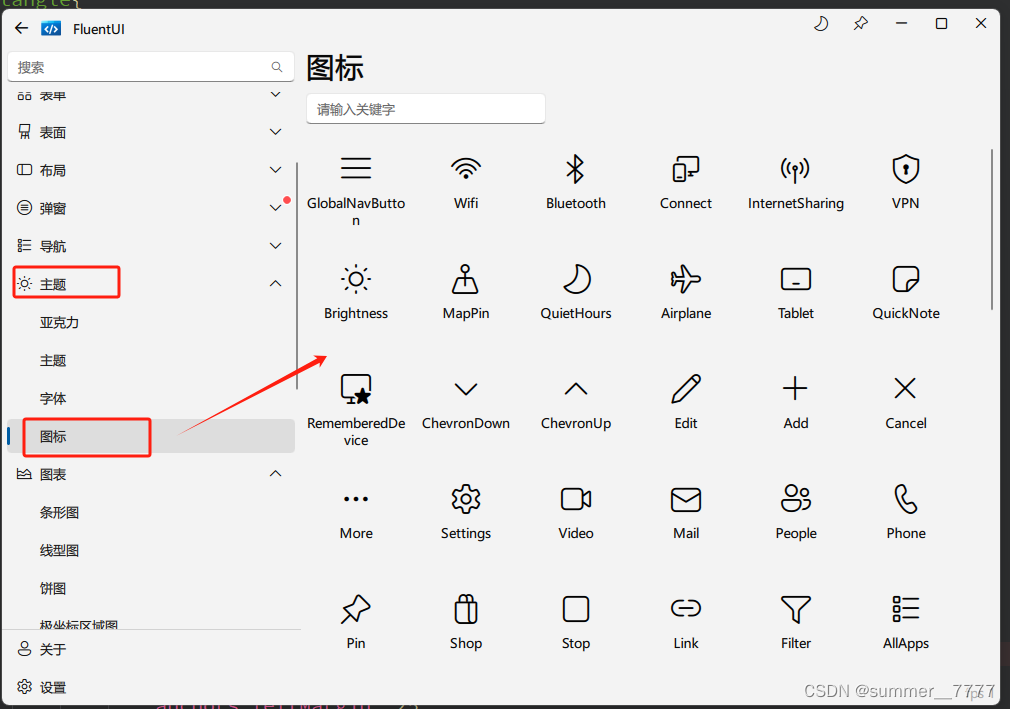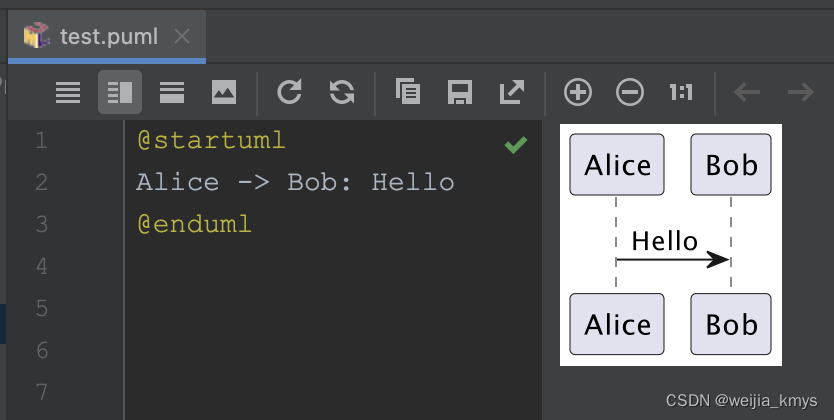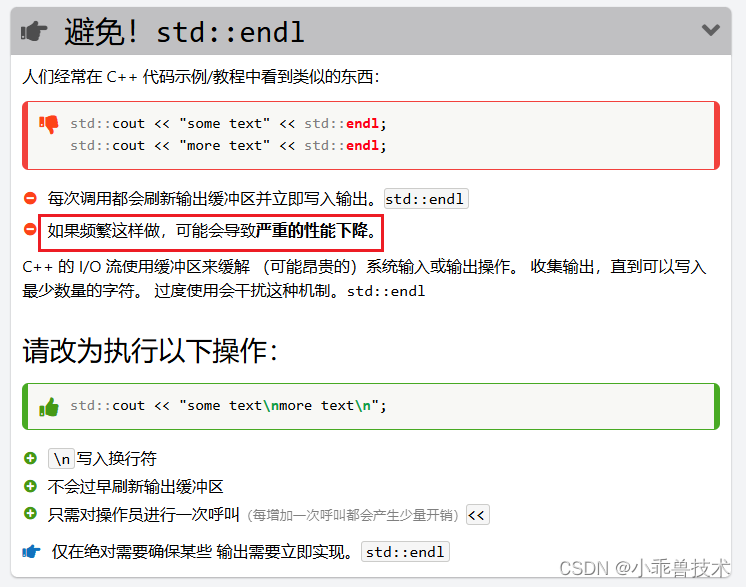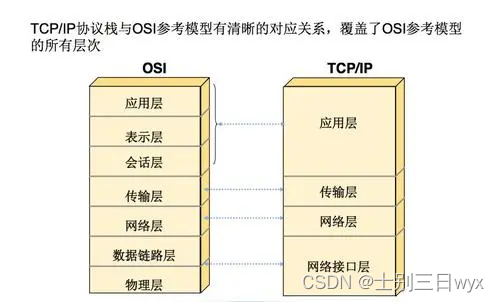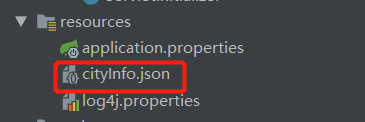
1.Springboot以文件的形式获取resources中的文件
import com.google.gson.JsonIOException;
import com.google.gson.JsonObject;
import com.google.gson.JsonParser;
import com.google.gson.JsonSyntaxException;
import org.springframework.util.ResourceUtils;
import java.io.*;
public static void getResourcesFile() {
File file = null;
try {
file = ResourceUtils.getFile("classpath:cityInfo.json");
} catch (FileNotFoundException e) {
e.printStackTrace();
}
JsonParser parse = new JsonParser(); //创建json解析器
try {
JsonObject json = (JsonObject) parse.parse(new FileReader(file)); //创建jsonObject对象
System.out.println(json.toString());
} catch (JsonIOException e) {
e.printStackTrace();
} catch (JsonSyntaxException e) {
e.printStackTrace();
}catch (FileNotFoundException e) {
e.printStackTrace();
}
}
2.Springboot以流的形式获取resources中的文件
注:当java项目打成jar包,则无法以文件的形式直接获取resources中的文件,此时以流的形式获取
import java.io.*;
import org.springframework.core.io.ClassPathResource;
public static void getResourcesByStream() {
String str = "";
ClassPathResource resource = new ClassPathResource("cityInfo.json");
try {
InputStream inputStream= resource.getInputStream();
//将流转为字符串
str = FileUtil.streamToString(inputStream);
} catch (IOException e) {
e.printStackTrace();
}
System.out.println(str);
}
转至:https://blog.csdn.net/xyy1028/article/details/87785592
